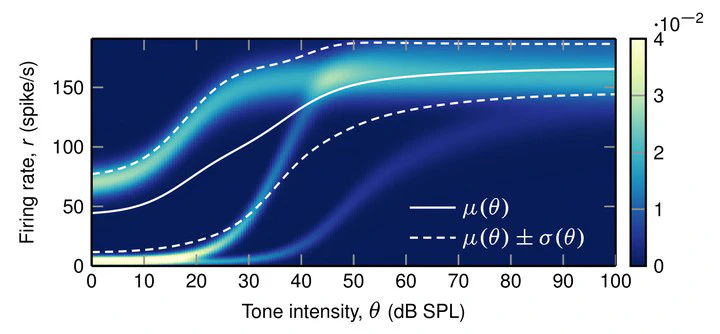
Abstract
One of the primary goals of neuroscience is to understand how neurons encode and process information about their environment. The problem is often approached indirectly by examining the degree to which the neuronal response reflects the stimulus feature of interest. In this context, the methods of signal estimation and detection theory provide the theoretical limits on the decoding accuracy with which the stimulus can be identified. The Cramer-Rao lower bound on the decoding precision is widely used, since it can be evaluated easily once the mathematical model of the stimulus-response relationship is determined. However, little is known about the behavior of different decoding schemes with respect to the bound if the neuronal population size is limited. We show that under broad conditions the optimal decoding displays a threshold-like shift in performance in dependence on the population size. The onset of the threshold determines a critical range where a small increment in size, signal-to-noise ratio or observation time yields a dramatic gain in the decoding precision. We demonstrate the existence of such threshold regions in early auditory and olfactory information coding. We discuss the origin of the threshold effect and its impact on the design of effective coding approaches in terms of relevant population size.